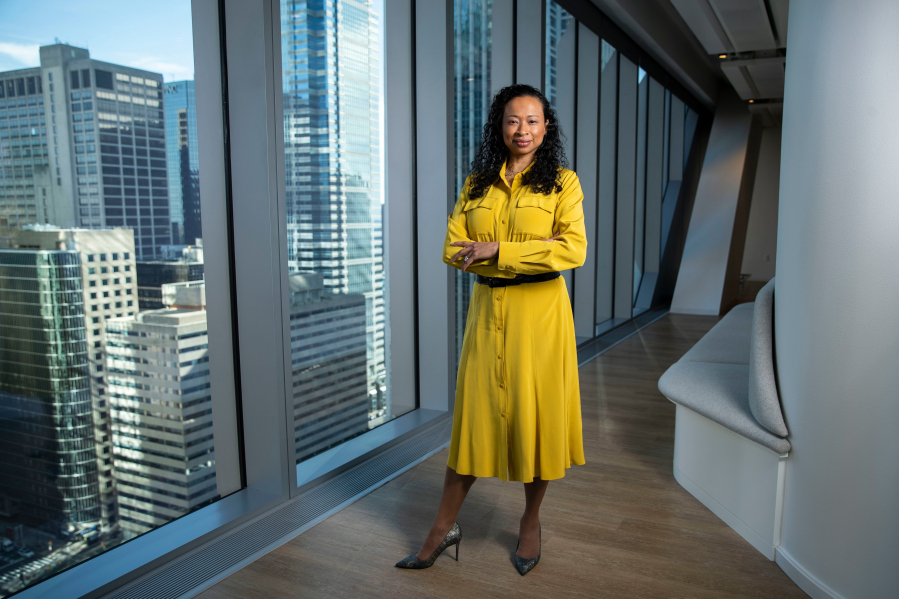Comcast Corp. has 189,000 employees, and Dalila Wilson-Scott wants to hear from all of them.
Wilson-Scott joined Comcast as the head of its charitable giving operation in 2016, and in 2020 she was promoted to chief diversity officer, while continuing to lead its philanthropic efforts. She took on that role months after George Floyd’s murder at the hands of Minneapolis police sparked protests around the country and a larger conversation around racial injustice in the United States. Many companies announced new DEI efforts at the time and invested in hiring DEI leaders.
Comcast, in June 2020, committed $100 million to fighting injustice and inequality: $75 million in cash and $25 million worth of media to amplify multicultural content and make space for discussion of societal issues related to race. Internally, the company continued toward its goals for representation of women and people of color at all levels of the organization — it still has a ways to go, in the leadership ranks especially, but its tracking and publishing its progress over time.
Transparency about the status of those efforts, and tracking results, is key to making meaningful change in DEI, Wilson-Scott said in a recent interview. She sat down with The Inquirer to discuss how Comcast has continued its work to make internet access and digital skills more equitable across communities, and how that has tied into DEI work internally. While few local employers have the same breadth of resources that Comcast has, she acknowledged, they can still make use of the same ideas.
This conversation has been edited for length and clarity.
- Q: You oversee diversity, equity and inclusion at Comcast. What do each of those words mean to you, particularly in the workplace setting?
A: Everybody is using those words today — diversity, equity and inclusion — but for many of us it’s the way we’ve always interacted in the world. So I love that more people are prescribing meaning to each of those words.



